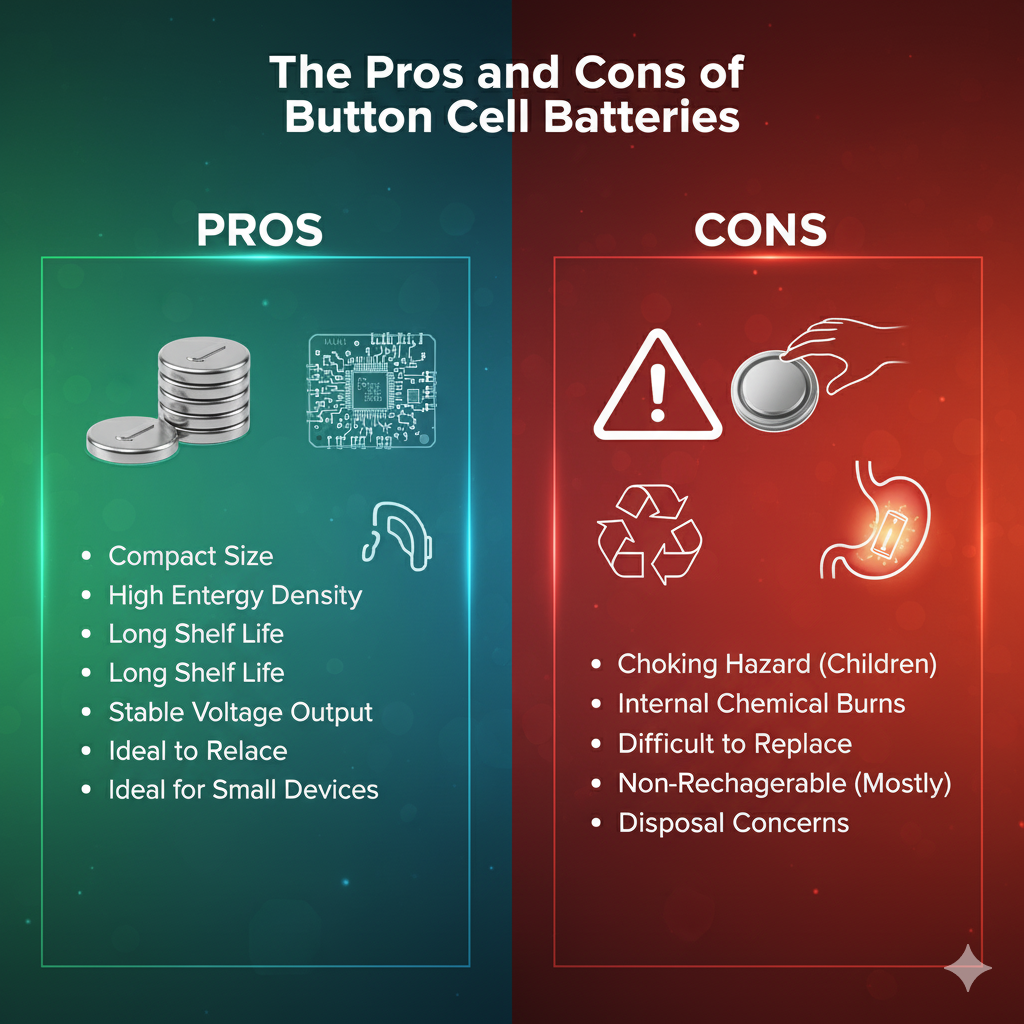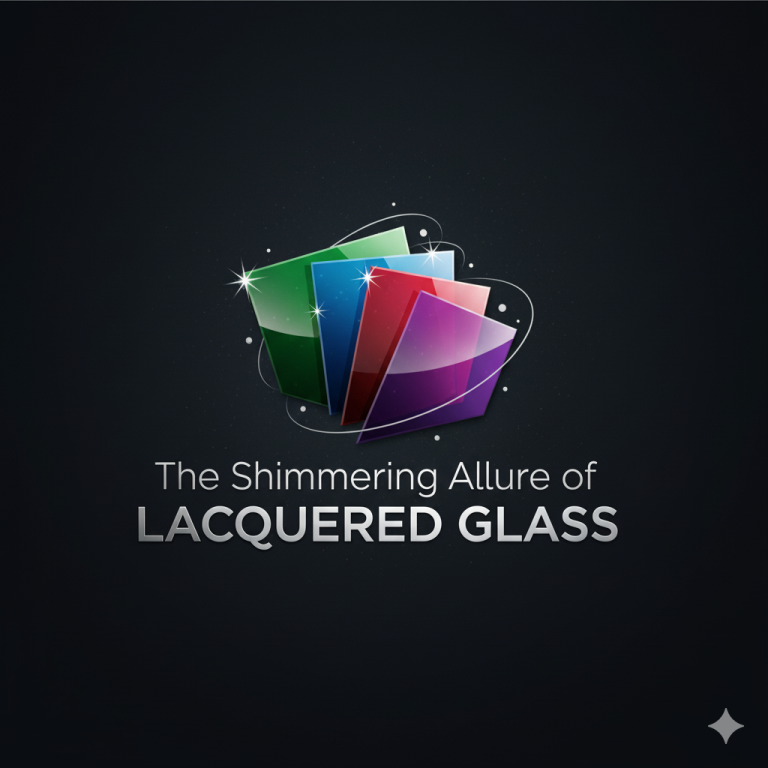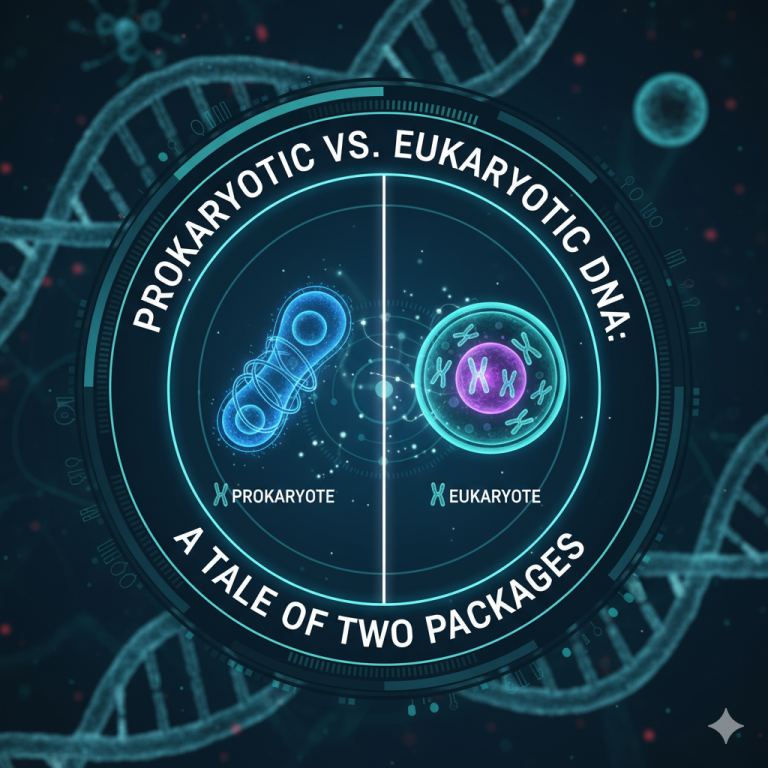The Pros and Cons of Button Cell Batteries?
The primary and most significant advantage of button cells is their exceptionally compact and space-efficient design, which allows them to power a vast array of miniaturized modern electronics where no other power source would physically fit. These small, disc-shaped batteries provide a very high energy density for their size, delivering a stable and reliable voltage output over a long service life in low-drain applications. This makes them the ideal and often the only choice for critical devices like hearing aids, wristwatches, calculators, and small medical implants such as pacemakers. Furthermore, most button cells exhibit a very low self-discharge rate, meaning they can retain their charge for several years while sitting on a shelf or inside a device that is used infrequently, ensuring reliability when needed. Their sealed construction prevents leakage under normal conditions, protecting the sensitive internal circuitry of the host device from corrosive damage, and they are generally very cost-effective to manufacture, making them an economical solution for both consumers and product designers.
Despite their utility, the disadvantages of button cell batteries present significant safety and environmental challenges. A major drawback is their limited capacity and overall power output, which renders them completely unsuitable for high-drain devices like digital cameras or smartphones, as they would be depleted extremely quickly. The most severe risk involves the ingestion hazard they pose, particularly to young children; if swallowed, a button cell can become lodged in the esophagus and cause severe, life-threatening internal burns in as little as two hours due to an electrical current reacting with bodily tissues. From an environmental perspective, many button cells contain heavy metals like mercury, silver, and cadmium, posing a toxic waste challenge if not disposed of properly through specialized recycling programs. Finally, their non-rechargeable nature in most common types contributes to electronic waste, and while rechargeable button cells exist, they are less common, have a higher initial cost, and still suffer from a limited number of charge cycles compared to larger battery formats.
Frequently Asked Questions
Question: Are all button cells the same chemistry?
Answer: No, common types include alkaline, silver-oxide, lithium, and zinc-air, each with different voltages and best-use cases.
Question: Why are button cells so dangerous if swallowed?
Answer: They can cause rapid chemical burns by creating an electrical current that reacts with moisture in the esophagus.
Question: Can I recharge a standard button cell battery?
Answer: No, attempting to recharge a non-rechargeable button cell can cause it to leak, overheat, or even explode.
Question: What does the “LR” or “CR” code on a battery mean?
Answer: These codes indicate the battery’s chemistry; “CR” denotes a lithium manganese dioxide battery, while “LR” signifies an alkaline battery.
Question: How should I dispose of used button cells?
Answer: They must be taken to a designated battery recycling drop-off location and never thrown in regular household trash.
Question: What is the main advantage of a lithium button cell?
Answer: Lithium button cells offer a higher nominal voltage, a very long shelf life, and stable performance across a wide temperature range.
Question: Are there rechargeable alternatives to common button cells?
Answer: Yes, rechargeable nickel-metal hydride (NiMH) button cells exist, but they have a lower voltage and are less common than disposable ones.
Question: Why are some button cells stored with a protective tab?
Answer: This is common for zinc-air batteries used in hearing aids; the tab prevents air from activating the battery until you are ready to use it.
Question: How long does a typical button cell battery last?
Answer: Lifespan varies greatly by device and battery chemistry, ranging from a few months in a active key fob to several years in a computer motherboard.
Question: Can I replace a button cell with a different chemistry than specified?
Answer: It is not recommended, as voltage and discharge characteristics differ, which could damage your device or lead to poor performance.
Keywords: button cell advantages, button cell disadvantages, compact batteries, energy density, low self-discharge, ingestion hazard, toxic waste, battery recycling, lithium coin cell, zinc-air battery, non-rechargeable batteries, miniaturized electronics, stable voltage output, power capacity
Tags: #ButtonCell #BatteryTechnology #Electronics #EnergyDensity #SafetyWarning #BatteryRecycling #HearingAidBattery #LithiumBattery #ElectronicWaste #PowerSource







